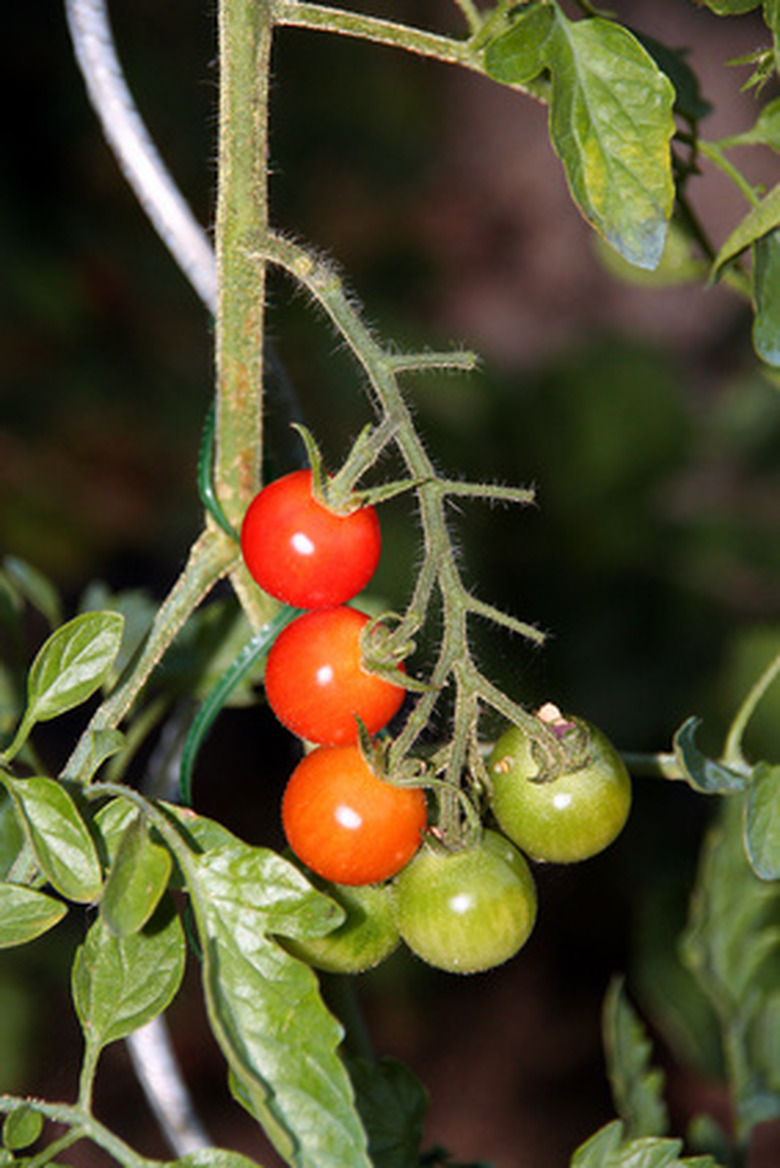How To Identify A Tomato Plant By The Leaves
Things Needed
- Tomato plant
- Soap
- Water
Tip
Trichomes on tomato plant leaves serve as a defense against insects. The hair-like outgrowths trap and immobilize insects. Tomatoes have a high vitamin C content, are rich in potassium and vitamin A and are an excellent source of lycopene, which may aid in fighting prostate cancer.
Warning
Protect early tomato transplants from inclement weather. Cover the plants overnight or take the plant indoors to protect them from frost.
Although tomatoes are among the most sought-after garden vegetables in America, this has not always been the case. At one time, says the University of Illinois Extension, people viewed tomatoes as poisonous and cultivated them simply for ornamental purposes. Today, however, consumers recognize their nutritional value as well as their easy cultivation process. You can even grow tomato plants in a pot on your balcony if you don't have a big garden. However, if you have never grown tomatoes, there are ways to identify a tomato plant by its leaves.
Step 1
Identify a tomato plant by its color. The leaves are medium green to a deep green in color.
- Although tomatoes are among the most sought-after garden vegetables in America, this has not always been the case.
- However, if you have never grown tomatoes, there are ways to identify a tomato plant by its leaves.
Step 2
Take note of the leaves' size. On an average stem, tomato plant leaves are generally about 10 inches in length. New leaves, however, measure approximately 3 inches in length.
Step 3
Remember that tomato leaves have a saw-like or jagged edge that surrounds the entire leaf.
Step 4
Look for compound leaves, another characteristic of tomato plants. Compound leaves have multiple leaflets originating from a common stalk.
Step 5
Examine the leaves and notice whether there's a fuzzy feel when you touch them. The fuzziness on tomato plants is the result of the numerous hair-like outgrowths, or trichomes, on the plant.
- Take note of the leaves' size.
- Remember that tomato leaves have a saw-like or jagged edge that surrounds the entire leaf.
Step 6
Smell your fingers and hands after handling tomato plant leaves. The trichomes on the plant produce a yellowish substance with a lingering, overpowering scent. Wash your hands with soap and water to get rid of the scent.
